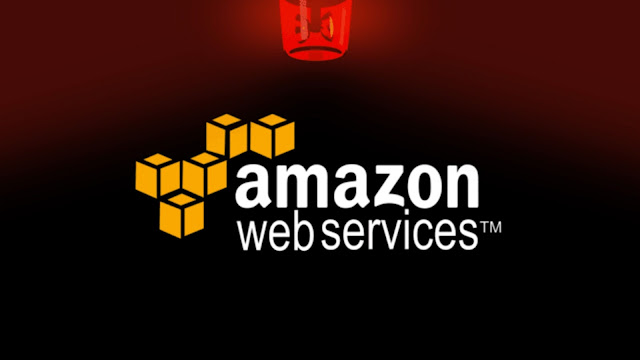When you work with the AWS Cloud, managing security and compliance is a shared responsibility between AWS and you. To depict this shared responsibility, AWS created the shared responsibility model. The distinction of responsibility is commonly referred to as security OF the cloud versus security IN the cloud.

AWS responsibility
AWS responsibility
AWS is responsible for security of the cloud. This means AWS protects and secures the infrastructure that runs the services offered in the AWS Cloud. AWS is responsible for:
- Protecting and securing AWS Regions, Availability Zones, and data centers, down to the physical security of the buildings
- Managing the hardware, software, and networking components that run AWS services, such as the physical servers, host operating systems, virtualization layers, and AWS networking components
The level of responsibility AWS has depends on the service. AWS classifies services into three categories. The following table provides information about each, including the AWS responsibility.
| Category | Examples of AWS Services in the Category | AWS Responsibility |
|---|---|---|
| Infrastructure services | Compute services, such as Amazon Elastic Compute Cloud (Amazon EC2) | AWS manages the underlying infrastructure and foundation services. |
| Container services | Services that require less management from the customer, such as Amazon Relational Database Service (Amazon RDS) | AWS manages the underlying infrastructure and foundation services, operating system, and application platform. |
| Abstracted services | Services that require very little management from the customer, such as Amazon Simple Storage Service (Amazon S3) | AWS
operates the infrastructure layer, operating system, and platforms, in
addition to server-side encryption and data protection. |
Note: Container services refer to AWS abstracting application containers behind the scenes, not Docker container services. This enables AWS to move the responsibility of managing the platform away from customers.
Customer responsibility
Customer responsibility
Customers
are responsible for security in the cloud. When using any AWS service,
you’re responsible for properly configuring the service and your
applications, in addition to ensuring that your data is secure.
Your
level of responsibility depends on the AWS service. Some services
require you to perform all the necessary security configuration and
management tasks, while other more abstracted services require you to
only manage the data and control access to your resources. Using the
three categories of AWS services, you can determine your level of
responsibility for each AWS service you use.
| Category | AWS Responsibility | Customer Responsibility |
|---|---|---|
| Infrastructure services | AWS manages the infrastructure and foundation services. | You control the operating system and application platform, in addition to encrypting, protecting, and managing customer data. |
| Container services | AWS manages the infrastructure and foundation services, operating system, and application platform. | You are responsible for customer data, encrypting the data, and protecting it through network firewalls and backups. |
| Abstracted services | AWS
operates the infrastructure layer, operating system, and platforms, in
addition to server-side encryption and data protection. | You are responsible for managing customer data and protecting it through client-side encryption. |
Due
to the varying levels of effort, customers must consider which AWS
services they use and review the level of responsibility required to
secure each service. They must also review how the shared security model
aligns with the security standards in their IT environment, in addition
to any applicable laws and regulations.
A key concept is that
customers maintain complete control of their data and are responsible
for managing the security related to their content. For example, you are
responsible for the following:
- Choosing a Region for AWS resources in accordance with data sovereignty regulations
- Implementing data-protection mechanisms, such as encryption and scheduled backups
- Using access control to limit who can access to your data and AWS resources
Source: AWS
